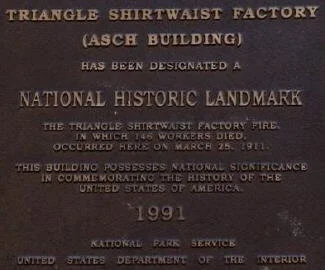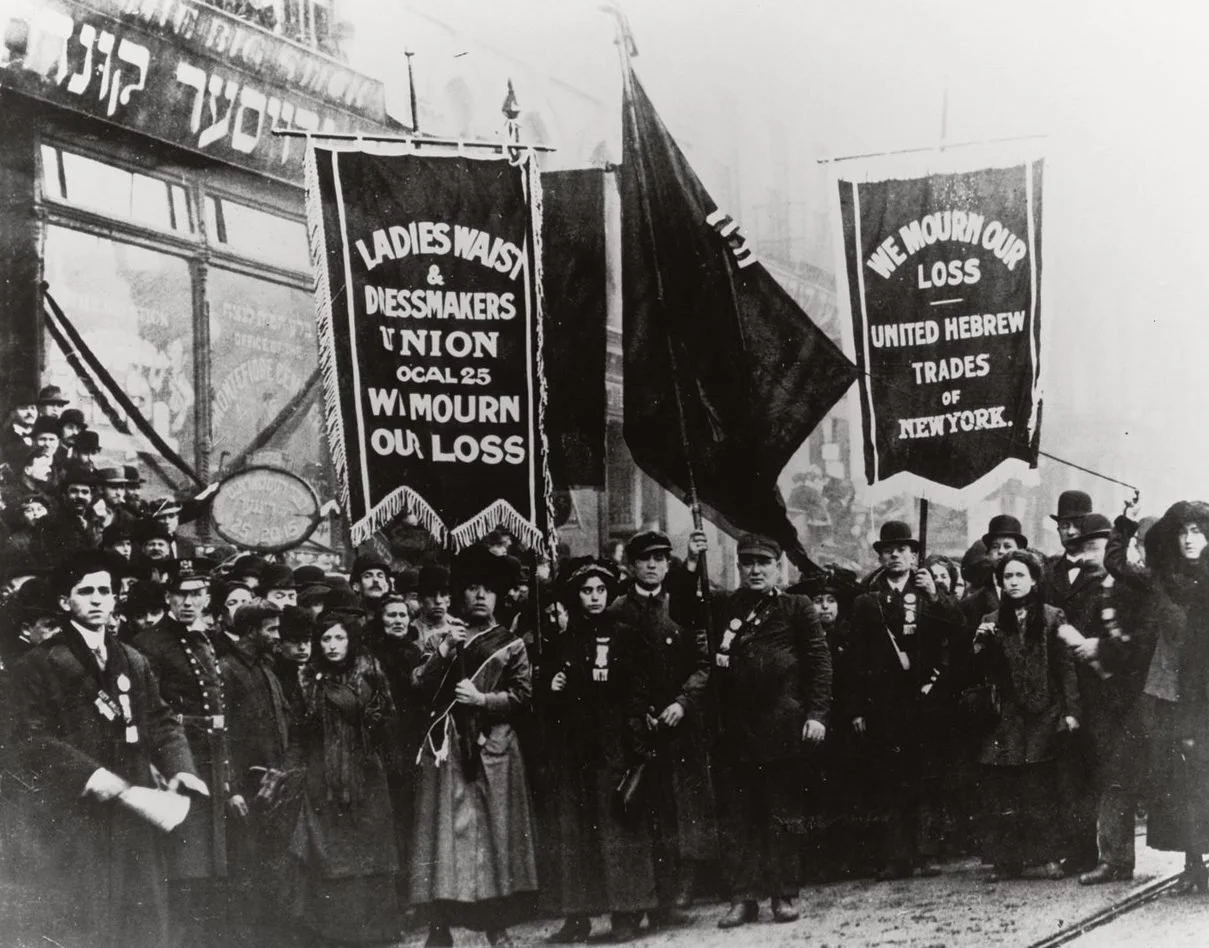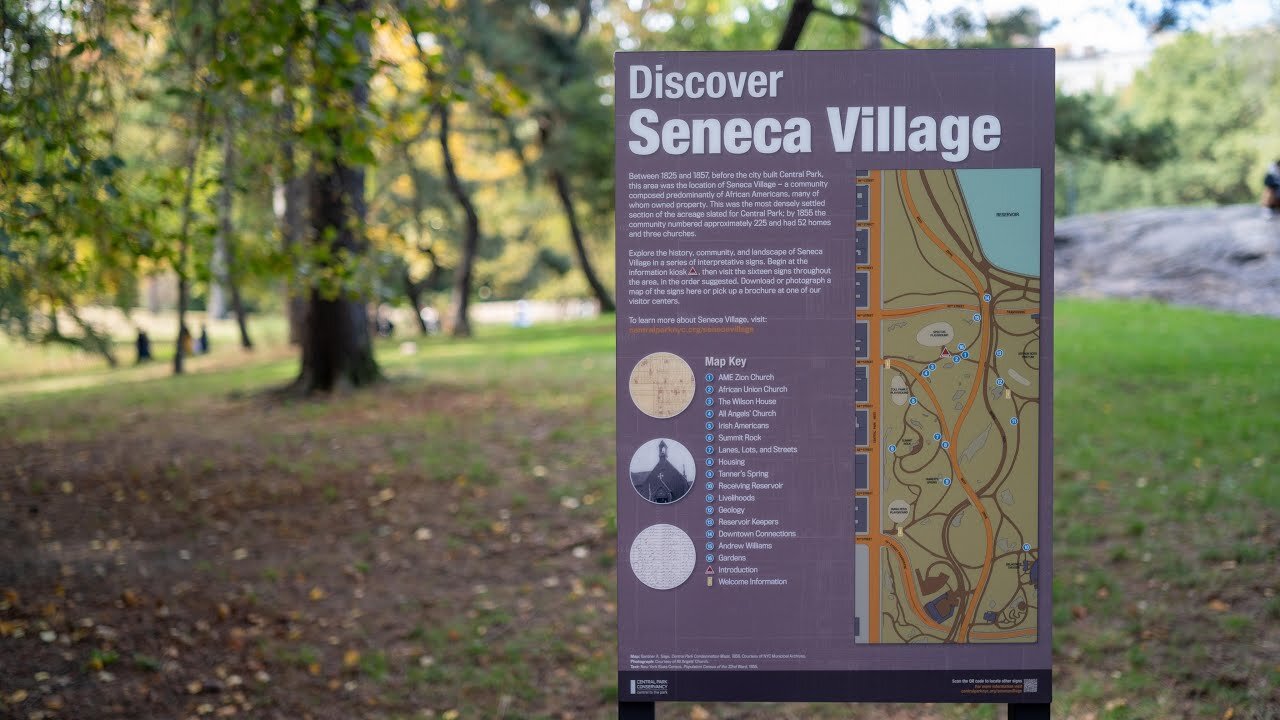When A Runner Cannot Run…
By CRT NYC guide, Shelly Ramoni
Perhaps one of the worst experiences a runner can have is being sidelined from running. Chances are if you are a runner and you’re reading this, you have just winced at the thought of the time when this has happened to you...OR, you are experiencing this right now.
Runners run, and when we can’t run, (our partners, spouses, and roommates will attest to this), we are a bit unpleasant to be around. If this is you, and it certainly is me, it’s because we all have several reasons why we run. For me, it is my physical, spiritual, and emotional outlet, I am right with the world when I am running. It’s my “me” time, as well as my time to explore one of the many areas in which I live.
When I became a tour guide for City Running Tours, I will never forget my first Brooklyn Bridge Tour. I had lived in NYC for nearly 15 years, and I had never gone over the Brooklyn Bridge into Manhattan before that day. As I ran across the bridge that morning with a mother and son visiting from California, I realized that we as runners have the gift of seeing the world around us in the most unique and magical ways. .
So what does a runner do when a runner cannot run? First it is important to meet your body where it is at. It truly depends on the injury you are experiencing, and certainly seeking the guidance of a professional is strongly advised. Once you understand what types of movement you can do around your injury, it is time to get moving! Motivation can be extremely difficult for a runner who can't run (or run in the way they want to run). However, to maintain mental and physical health it is vital to keep moving as long as you are working with the injury and not against it.
What are some things that you can do while not running?
Indoor cycling (use resistance that will not aggravate the injury)
Swimming
Strength training, (ie weighted resistance training, band resistance, isometric holds)
Working balance and proprioceptors (ie Bosu exercises*,unilateral movements that force balance, core stability, Stability ball exercises*)
Walking! (If you are weight bearing this is probably the most beneficial movement...more on that and how you can still enjoy our City Running Tours with this activity!)
While these alternatives may not “feed your soul” in the same way as running does, they will get you back to doing what you love most much faster than staying immobile!
While you are busy getting yourself back to running condition it is important to recognize the significance of pain. We as runners are so used to running through pain. We do every time we set out to complete long distances, such as marathons and half marathons. We therefore learn to stop listening to our body’s signals as we muscle through, making our injuries or conditions worse. However, is every pain an indication to stop?
https://health.clevelandclinic.org/8-aches-pains-shouldnt-ignore/.
As we are moving and working around our injury in a safe way, we begin to be able to differentiate between the two. It is also important to note that while I am saying to move, rest and recovery days are equally important! Sleep and rest days from activity are vital. Your body is already working harder to repair and restore tissue, so working at 50-70% capacity during this time is probably the best percentage to follow. Your rate of perceived effort during the activity while you are healing should never exceed 70%. If you overwork your body, you can add stress and stress hormones which can block your recovery.
As I stated earlier, walking is great, and a great way to maintain aerobic fitness while you are recovering. This is also a way in which we can determine when your body is ready to start running again. https://www.running-physio.com/returnafterinjury/
If you are able to walk briskly for 30 min and have complete range of motion without swelling or sharp pain, then perhaps you can begin to introduce some slow running into the mix! Start out with a run-walk method. For me 30 seconds of running, and 30 seconds of walking has always been a great way to start. As a run coach this is what I offer up to my clients. This allows for you to be able to really listen to your body! If you start to feel pain during the walking intervals then you know, you may have to give it a bit more time!
Start out with 10 min of 30:30, and if within 72 hours after your run you are fine, meaning no inflammation reaction, then you are good to increase the duration to 15 min. Stick with 30:30 for the first couple of weeks and if you are feeling good try increasing the time of jogging to 45 seconds, then to 1 min, and gradually increase the running duration. I would suggest to stick within a 30 minute overall workout until you are able to run straight through for 30min pain free and with no delayed inflammation reaction.
As I mentioned earlier, you can still experience the benefits of exploring your surroundings in a unique and magical way. City Running Tours is now offering Virtual Tours, which you can find in the archives on our Instagram page! We offer walking tours as well as running tours! The benefit of having the Virtual Tour is that you can feel free to follow your own pace and keep safe in whatever stage you are at with walking, run-walking, or full running.
Remember, even if you are not running right at this moment, it does not take away from the fact that you are a runner, and the days of your return will come to you before you know it! Stay strong and positive and use this community of people who understand exactly where you are at to support you!
























